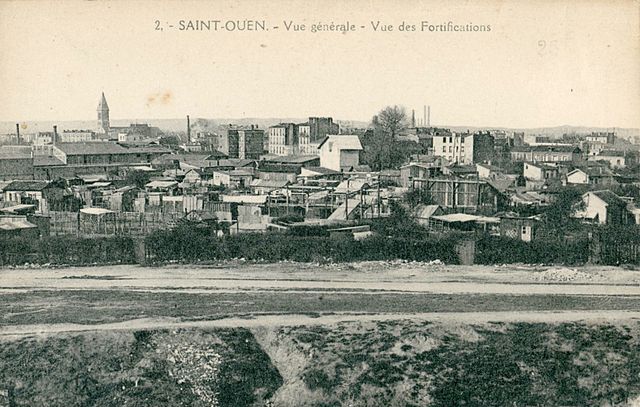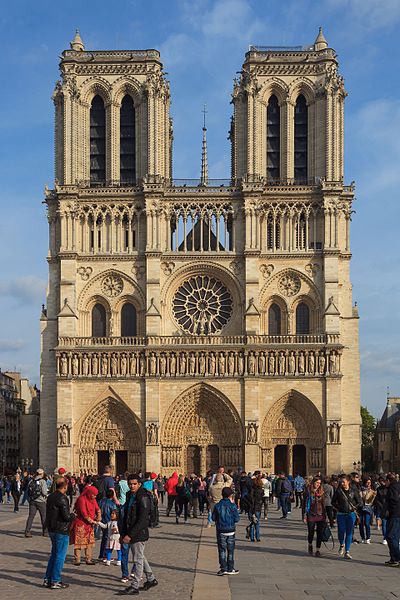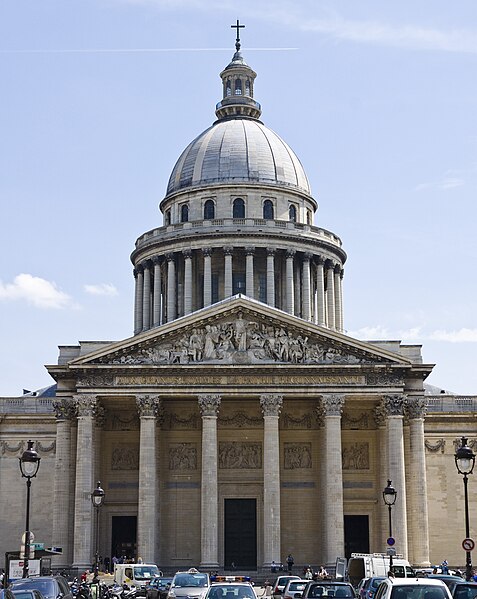The city walls of Paris refers to the city walls that surrounded Paris, France, as it grew from ancient times until the 20th century, built primarily to defend the city but also for administrative reasons. Several successive city walls were built over the centuries, either adding to existing walls or replacing demolished ones, through 1846, when construction of the Thiers wall was completed.
The Wall of Philippe Auguste
The porte de Pantin about 1908
The fortifs zone, in Saint-Ouen
Paris is the capital and most populous city of France. With an official estimated population of 2,102,650 residents as of 1 January 2023 in an area of more than 105 km2 (41 sq mi), Paris is the fourth-most populated city in the European Union and the 30th most densely populated city in the world in 2022. Since the 17th century, Paris has been one of the world's major centres of finance, diplomacy, commerce, culture, fashion, and gastronomy. For its leading role in the arts and sciences, as well as its early and extensive system of street lighting, in the 19th century, it became known as the City of Light.
Image: La Tour Eiffel vue de la Tour Saint Jacques, Paris août 2014 (2)
Image: 04 2017. Notre Dame de Paris 71
Image: Basilique du Sacré Cœur de Montmartre, Paris 18e 140223 2
Image: Paris Pantheon Facade







